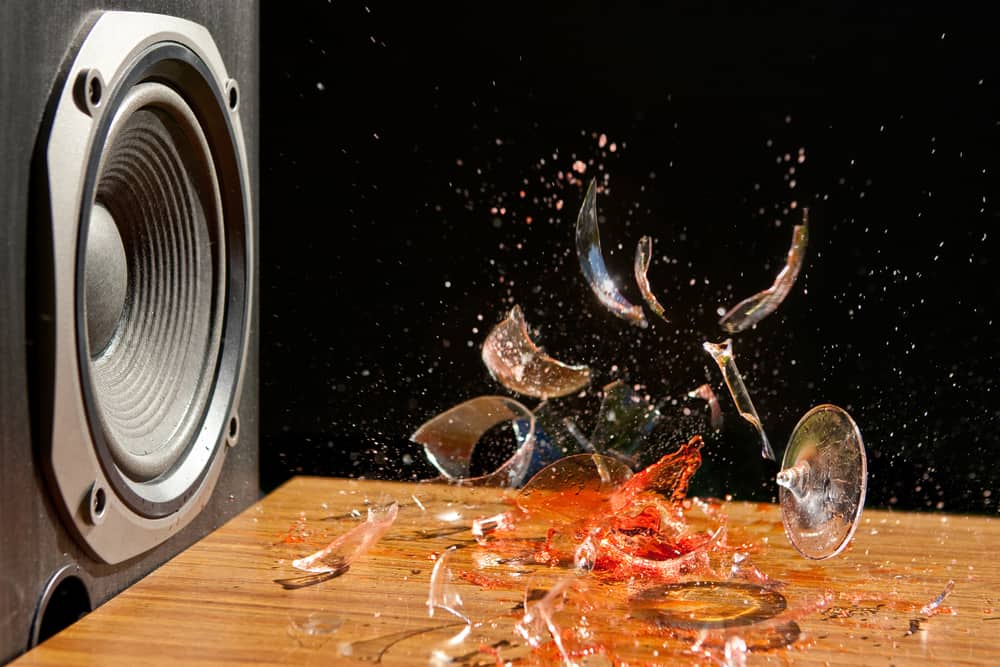Just like most other things in your audio system, speakers will not last for a lifetime. There is a point when certain parts fail. Whether it is a natural process or you overuse them, blown speakers become part of everyone’s lives. So how do I tell if a speaker is blown before hooking it up?
Generally speaking, you can say if the sound blows a speaker. It makes all kinds of funny noises. So far, so good – how about replacing it? Whether you have an old speaker around your house or you buy a used one, you do not want to go through all the labor (or perhaps spend money hiring an electrician) to hook it up, only to realize that it is also blown.
Luckily, there are a few good ways to tell if a speaker is blown without getting the work done. But before getting there, it is worth noting that many newbies replace good and functional speakers because they think they are blown – when, in fact, they are not. Just because the audio is terrible at times, it does not mean the speaker is blown.
So, before getting into details about testing speakers, what are the signs that tell you a speaker is blown or about to get there?
How To Tell If A Speaker Is Blown

There are a few signs to determine if your speaker is blown.
- Distortion without turning the volume too high – a fuzz or a hiss is a visible sign that no one can miss. The higher the volume, the louder the distortion. It might be reasonable for poor quality speakers to make funny noises at the highest volume, but you know you have a problem if the same issues occur at low volumes.
- No vibration – noise is achieved through vibration. Touch your speaker, and if you cannot feel any vibration, it means there is no power. It could be problematic wire, but it may also be a blown speaker.
- Popping and rattling noises – apart from the classic fuzz, there are a few other signals that will underline an issue. If you can only hear rattling, the speaker is well blown. Damaged tweeters cause a popping sound.
- Incomplete system range – your speaker may not be full-blown if you have an incomplete range. For instance, if the bass or high frequencies are low or missing, the speakers are at least partially blown.
- Infinite impedance – this is the professional way to determine if your speaker is blown. Check out its electrical response. Get a classic, cheap multimeter, and you can tell if the cone or voice coil is done. If the impedance is infinite, your speaker is blown.
Now, you have the verdict. You get a new speaker. It is not brand new, so you do not want to risk wasting time to hook it up. How do you test it then?
The homemade tester
According to this article on Instructables Circuits, you can easily make your tester without investing lots of money in fancy tools and equipment. Instead, you can do it with the tools you have around the house. Otherwise, get to the nearest hardware store with a few coins in your pocket.
So, what do you need?
- An inexpensive battery snap
- A new 9V square-shaped battery
Here are the steps to come up with your tester.
- Stick the 9V battery into the battery snap. It will click straight away, so you know it is set.
- The snap has two different wires. One of them is red, and the other one is black.
- Unstrap around half an inch of insulation off each wire. Connections should be firm, so twist the copper to ensure a proper result.
- Hold these connections into the terminals of the speaker.
- Reconnect and attach, then pay attention to it.
- You should hear a cracking noise – quite short.
- The cone should also move a little.
- If you cannot hear any noise and the cone does not move, the speaker is blown so that you will need a new one.
The quick way
If your speaker has positive and negative wires hooking into it, you do not even need to make your tool. Instead, get a 9V battery, and you can test it like that.
Touch the battery to the wires. If you can hear scratching noises, the speaker is alright. If you cannot hear anything, you have paperweight – it is blown.

The professional way
A multimeter is a standard tool that many DIY enthusiasts have around. Even if you do not have one, they are inexpensive and available everywhere – hardware stores, supermarkets, DIY stores, and over the Internet.
This article on Techwalla shows you the less professional way, but having a multimeter involves testing for ohms. Most speakers go into the 2-14 ohm range, so anything there is alright. Some speakers go higher – 32-ohm range.
If the result is 0 or it goes to infinite, you most likely have a blown speaker, and you need to replace it.
All the options, as mentioned above, are inexpensive and do not require too much experience. More importantly, you do not have to spend money going to a professional service or an electrician.
Conclusion
As a short conclusion, you do not need to be an expert to learn how to tell if a speaker is blown without hooking it up. Most commonly, you can tell before even testing it. The signs mentioned above are apparent, and you have to be lucky to have a good speaker if you hear all those noises. However, checking it out is still a great option because other issues might cause those noises, so the speaker might be useful to use.
Testing a speaker upfront is not necessary if it is new. But then, if you get a used one, you should try it first to avoid all the unnecessary work.
Related Topic: 6 Easy Ways on How To Make All Speakers Work On Surround Sound
